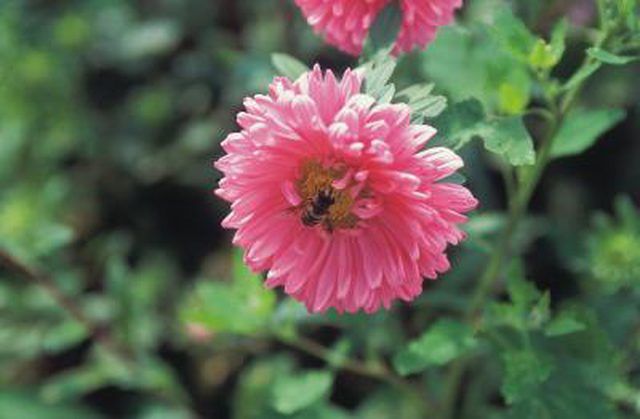Bulbs
Flower Basics
Flower Beds & Specialty Gardens
Flower Garden
Garden Furniture
Garden Gnomes
Garden Seeds
Garden Sheds
Garden Statues
Garden Tools & Supplies
Gardening Basics
Green & Organic
Groundcovers & Vines
Growing Annuals
Growing Basil
Growing Beans
Growing Berries
Growing Blueberries
Growing Cactus
Growing Corn
Growing Cotton
Growing Edibles
Growing Flowers
Growing Garlic
Growing Grapes
Growing Grass
Growing Herbs
Growing Jasmine
Growing Mint
Growing Mushrooms
Orchids
Growing Peanuts
Growing Perennials
Growing Plants
Growing Rosemary
Growing Roses
Growing Strawberries
Growing Sunflowers
Growing Thyme
Growing Tomatoes
Growing Tulips
Growing Vegetables
Herb Basics
Herb Garden
Indoor Growing
Landscaping Basics
Landscaping Patios
Landscaping Plants
Landscaping Shrubs
Landscaping Trees
Landscaping Walks & Pathways
Lawn Basics
Lawn Maintenance
Lawn Mowers
Lawn Ornaments
Lawn Planting
Lawn Tools
Outdoor Growing
Overall Landscape Planning
Pests, Weeds & Problems
Plant Basics
Rock Garden
Rose Garden
Shrubs
Soil
Specialty Gardens
Trees
Vegetable Garden
Yard Maintenance
How to Store a Dahlia's Roots
How to Store a Dahlia's Roots. Dahlias (Dahlia spp.) are prized for their colorful flowers, available in a variety of shapes, sizes and color patterns, and a long bloom period. These plants can survive as perennials in U.S. Department of Agriculture plant hardiness zones 9 through 11. In cooler areas dahlias are cultivated as annuals or the plant's...

Dahlias (Dahlia spp.) are prized for their colorful flowers, available in a variety of shapes, sizes and color patterns, and a long bloom period. These plants can survive as perennials in U.S. Department of Agriculture plant hardiness zones 9 through 11. In cooler areas dahlias are cultivated as annuals or the plant's tuberous roots are dug up and overwintered in a protected environment. Even in climates where heavy frosts or freezes capable of killing the dahlia tubers do not occur, digging the dahlias up can help to prevent rot that heavy rainfall encourages. Storing and replanting also sometimes stimulates heavy blooming the next year and permits easy propagation.
Things You'll Need
Sharp, sterile knife
Spade or garden fork
Box, flat or bushel
Peat moss, sand, vermiculite or sawdust
Cut the dahlia stems back to about 4 inches above the soil surface after the first frost or a few weeks before winter rains are expected to begin.
Loosen the soil around the dahlia by forcing a spade or garden fork into the soil in a circle about 1 foot away from the dahlia stem. Make the soil loose enough under and around the dahlia roots that you can easily lift the root system out of the ground without any tugging.
Remove as much soil from the tubers as possible without damaging the roots. A good method is to use a forceful spray of water to wash soil off the roots, then lay the roots flat in a warm area to dry.
Cut off small roots and hang the tubers upside down in a dark, warm, dry area with good air circulation for a few days.
Place a few inches of slightly damp peat moss, sawdust, vermiculite or sand in the bottom of a flat, bushel basket or cardboard box lined with plastic. Arrange the dahlia tubers in this medium so they are not touching and lightly cover the tubers with more medium so they are completely covered.
Place the tubers in a dark area where the temperature will remain between about 40 and 50 degrees Fahrenheit and the tubers will not be exposed to significant air drafts or very dry or humid conditions in storage.
Check the tubers periodically during the winter. Remove any tubers that are rotten and mushy. If the rot is contained to just a small portion of the tuberous roots, use a sharp knife to remove any rotten areas, exposing healthy white firm tissue. If the tubers develop a shriveled appearance, lightly spray or sprinkle water on the tubers and surrounding media.